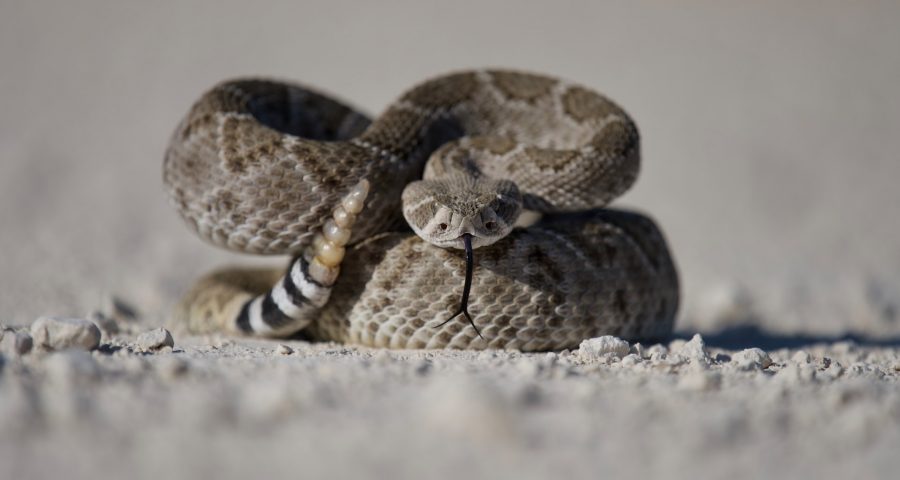As Woody says – “There’s a snake in my boot!”
This is Sandra sing Loh with the Loh Down on Science.
Imagine you’re hiking and “sssss” – a rattlesnake! Eek! If you do get bit, the local doc MIGHT have an antidote, but will it work? Even closely-related species can have wildly different venoms! Why is that?
Enter Matt Holding and his team at Clemson University. They collected venom from almost fifty species of North American vipers, including rattlesnakes. They compared the compounds in the venom against each snake’s preferred diet.
Results? Snakes that eat a variety of animal types have more complicated juice. Vipers who only eat rodents have just a few toxins in their arsenal. But those who also enjoy frogs and lizards? They can pump out up to thirty DIFFERENT poisonous compounds!
That means more animal prey available for snacks! Holding’s study also tells us that diet had a huge influence on snake venom evolution.
He hopes their findings can help researchers come up with an all-purpose anti-venom.
I hope this doesn’t come back to BITE us!
Reference: Holding, M. L., Strickland, J. L., Rautsaw, R. M. et al. Phylogenetically diverse diets favor more complex venoms in North American pitvipers. (2021). Proceedings of the National Academy of Sciences, 118 (17). https://doi.org/10.1073/pnas.2015579118

